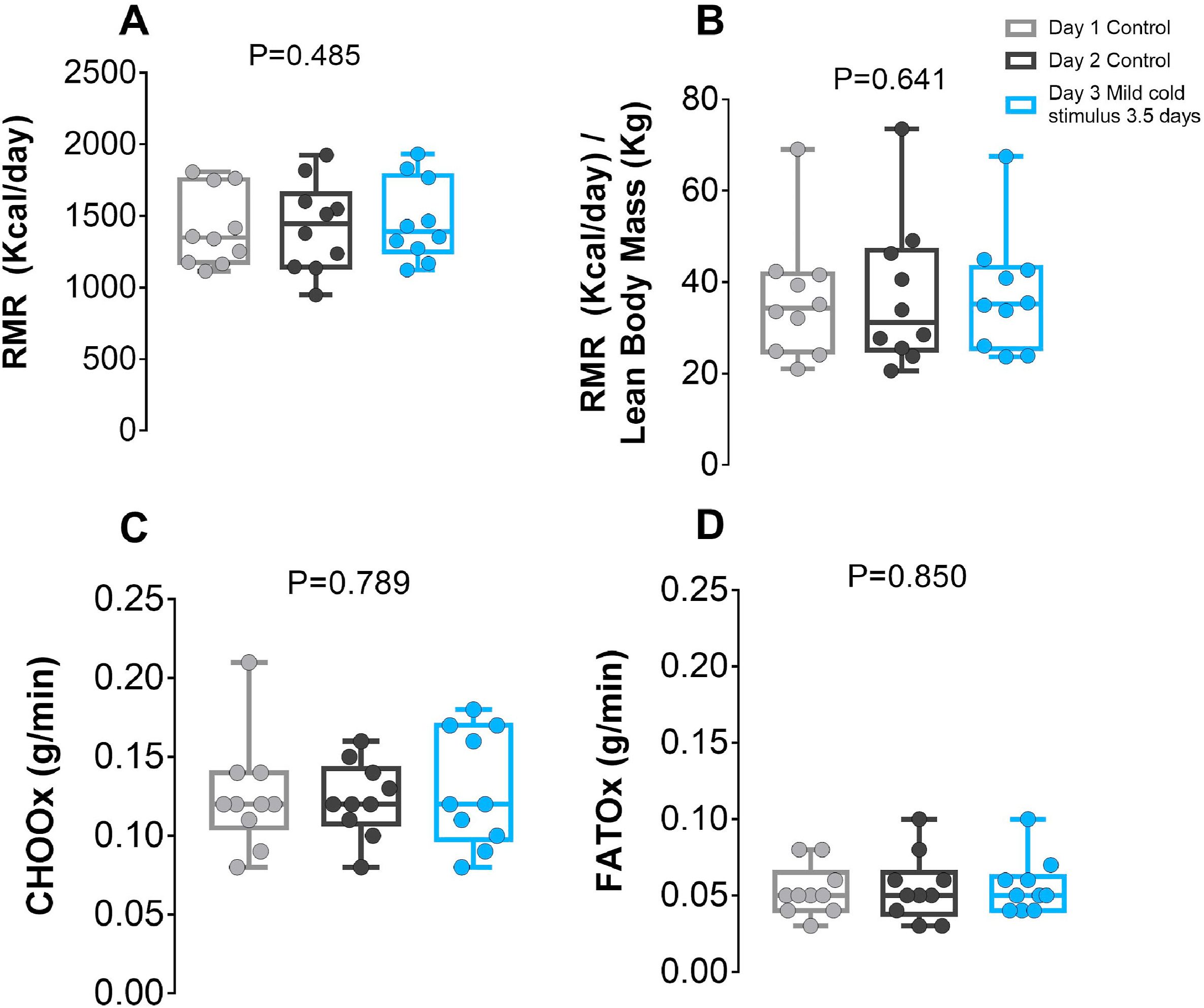Introduction
Huiwen Xu, et al. (2021) is the first to examine the potential benefits of prolonged exposure to intermittent, localized cold sensations using the Embr Wave® and Omnical metabolic cart of Maastricht Instruments.
Men and women perceive ambient temperature differently and there may be a link between thermal comfort and health. According to some studies, the perception of an uncomfortably warm environment can cause sleep disturbances and may even be associated with sick building syndrome. However, in areas where people live, study, and work together, the ambient temperature is frequently unable to be ‘individualized,’ which, given the foregoing, may result in health problems for some individuals.
Over the last decade, it has been reported that short-term cold interventions (10 days) may enhance the immune system and improve insulin sensitivity in overweight individuals via activation of various thermogenic tissues. On the basis of these findings, it has been suggested that the ambient temperature of buildings could be lowered to achieve comparable benefits. This is not feasible, however, because not everyone in a building is comfortable at the same temperature. Additionally, it has been reported that, because sleep typically begins when core body temperature decreases in response to an increase in peripheral skin temperature in healthy subjects, manipulating skin temperature may alter sleep onset latency and sleep quality.
Goal of the study
Knowing the effect of a local mild cold stimulus intervention on human health and sleep quality in free-living conditions is of clinical and public health interest. The study’s overarching objective was to determine the effects on human physiology of intermittent and localized cold exposure (15–20 s every 5 minutes, applied to 6.25 cm2 of one wrist). This cold exposure is significantly more intermittent than previous studies using Embr Wave® thermal stimulation.
The purpose of this study was to determine the effect of an intermittent mild cold stimulus of 25 °C for 15–20 s every 5 minutes on 1) skin temperature, 2) skin temperature perception, 3) sleep quality, 4) resting energy expenditure (REE), and 5) nutrient oxidation rate in young healthy adults over a 3.5-day period in free-living conditions.
Methods
The Embr Wave® is a wrist-worn device marketed as a ‘personal thermostat’ that provides targeted cooling to the skin. The purpose of this study was to determine the effect of an intermittent mild cold stimulus of 25 °C for 15–20 seconds every 5 minutes on 1) skin temperature, 2) skin temperature perception, 3) sleep quality, and 4) resting energy expenditure (REE) in young, healthy adults over a 3.5-day period in free-living conditions. Ten volunteers wore the device continuously for 3.5 days.
The REE was determined over a 30-minute period prior to a resting period using an Omnical metabolic cart equipped with a ventilated plastic canopy for subject gas collection (Maastricht Instruments, Maastricht, Netherlands) (20 min). This cart has previously been validated for the determination of REE and nutrient oxidation rates.
Results
After adjusting for personal ambient temperature, this intervention resulted in a decrease in distal skin temperature (P 0.05) but had no effect on subjects’ perceptions of skin temperature, sleep quality, or REE (all P 0.051). Thus, this intermittent mild cold regime can lower distal skin temperature and wearing it for 3.5 days in free-living conditions does not appear to impair skin temperature perception or sleep quality, or to alter REE.

Figure 1. Indirect calorimetry was used to determine the effect of a 3.5-day intermittent mild cold stimulus on resting energy expenditure (REE) and nutrient oxidation. ANOVA was used to compare the experimental (1 day, blue boxes, blue lines) and control (2 days, grey and black boxes) conditions. REE was expressed in terms of daily kilocalories (A) and as a ratio (REE/lean body mass; B). The oxidation of carbohydrates (C) and fats (F) was estimated (D).
How can we help you with your research?
Maastricht Instruments has created research equipment for indirect calorimetry measurements.
“The Omnical metabolic cart seems to be the most valid system among metabolic carts for assessing both, RMR and RER.” – Juan M. Alcántara Alcántara, 2020
We provide support for studies, research and measurements alongside our indirect calorimetry products. You can consult us for product support, software support, parameter use, measurement methods and protocols, validation options, data processing and interpretation, correct use of measurement data and additional technical requirements for your study.
If you are interested in measuring energy expenditure then consult us about our indirect calorimetry metabolic cart, whole room calorimeter systems or accelerometry add-ons. Please contact us or find more information on our information pages.
Reference
Huiwen Xu, Antonio Martinez-Nicolas, Wendy D. Martinez-Avila, Juan M.A. Alcantara, Juan Corral-Perez, David Jimenez-Pavon, Francisco M. Acosta, Jonatan R. Ruiz, Borja Martinez-Tellez,
Impact of an intermittent and localized cooling intervention on skin temperature, sleep quality and energy expenditure in free-living, young, healthy adults,
Journal of Thermal Biology, Volume 97, 2021, 102875, ISSN 0306-4565,
DOI: https://doi.org/10.1016/j.jtherbio.2021.102875.
